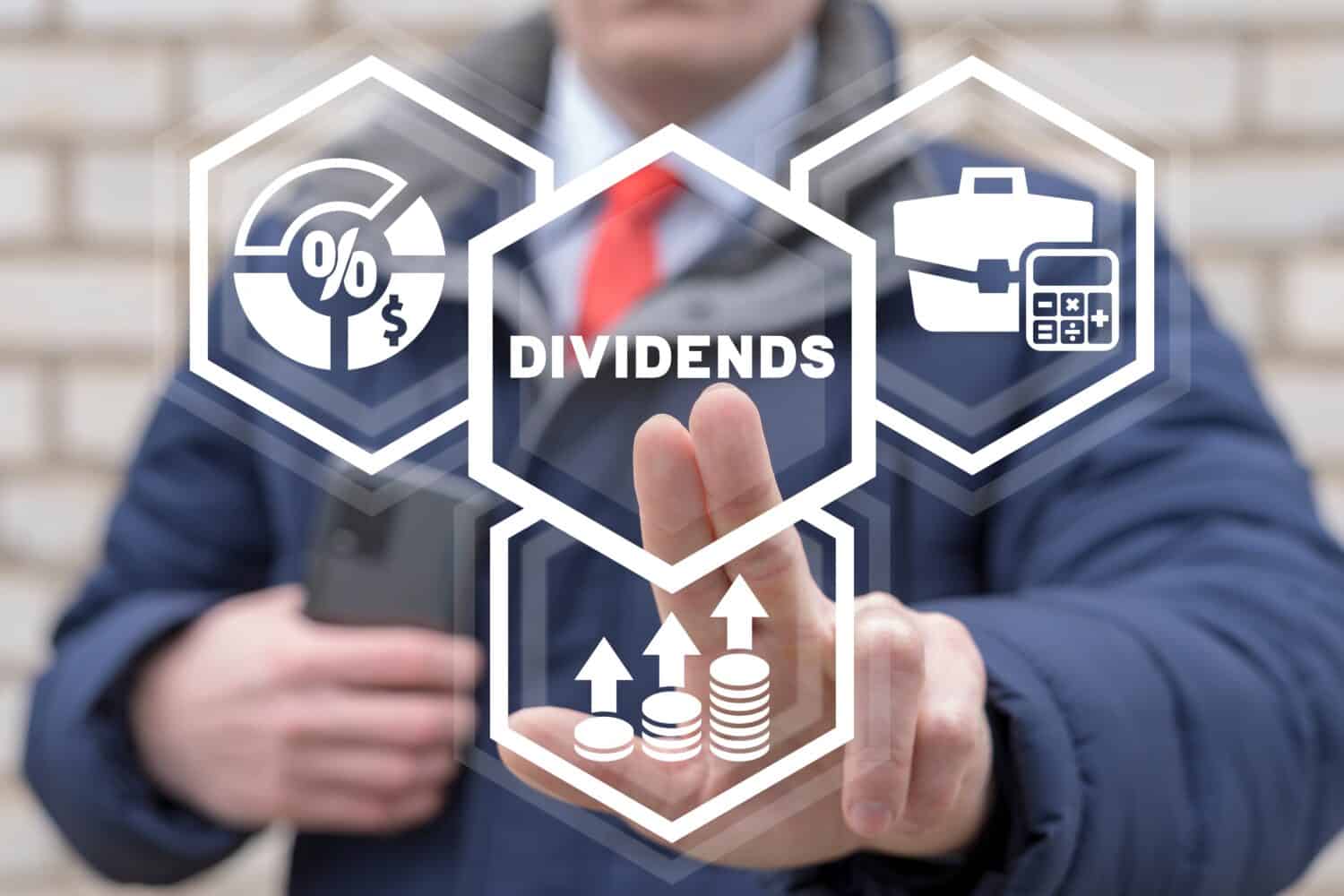Personal Finance
We're in our early 30s and are looking to retire early - should we plow our money into dividend stocks until we hit our goal?

Published:

Retiring early is a goal for many, but achieving this goal requires a lot of thoughtful planning, including how to structure your investment strategy. Dividend stocks are often seen as an appealing option for those nearing or in early retirement. But should you rely heavily on them to reach your goal? A Redditor recently asked this question. Let’s take a look at what dividend stocks are good for (and what they’re not good for).
Why might an early retiree want to invest in dividend stocks? There are two main reasons:
That said, we don’t recommend overloading on dividend stocks. There are several reasons why dividend stocks can be potentially troublesome if you over-invest in them:
So, what should someone who is planning to retire early do? Here are our recommendations, especially for those with high expenses. Remember, this is just our opinion and not financial advice:
1. Focus on Growth Now, Shift to Dividends Later
With 15 years to go, prioritize higher-growth investments to maximize your portfolio’s potential. In the final 3-5 years before retirement, consider transitioning part of your portfolio to dividend stocks for stability.
2. Diversify Income Streams in Retirement
We don’t recommend relying on a single income stream during retirement. Consider a “budget strategy” to ensure you have a combination of income, growth, and liquidity. That might look something like this:
3. Reassess the 4% Rule
While the 4% rule for withdrawals is a solid guideline, we recommend something more conservative for early retirees. Consider moving your withdraw rate closer to 3%.
4. Explore Tax-Advantaged Accounts
Maximize your 401(k), Roth IRA, and other tax-advantaged accounts to minimize dividend tax drag.
Retirement can be daunting, but it doesn’t need to be.
Imagine having an expert in your corner to help you with your financial goals. Someone to help you determine if you’re ahead, behind, or right on track. With SmartAsset, that’s not just a dream—it’s reality. This free tool connects you with pre-screened financial advisors who work in your best interests. It’s quick, it’s easy, so take the leap today and start planning smarter!
Don’t waste another minute; get started right here and help your retirement dreams become a retirement reality.
Thank you for reading! Have some feedback for us?
Contact the 24/7 Wall St. editorial team.